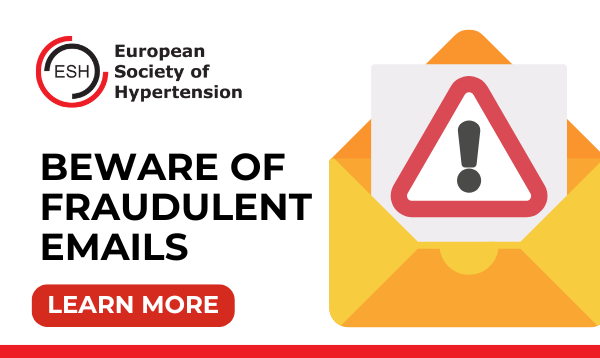Milan, Italy – “There are new recommended threshold values for systolic and diastolic blood pressure” declared Professor Giuseppe Mancia, Chairman of the 19th European Meeting on Hypertension and Director of Clinical Medicine at Milan-Bicocca University, in an interview at the 2009 Annual Meeting of ESH held in Milan.
And he emphasised that: “It is not true anymore that the lower blood pressure values are, the better it is for the patient.”
Professor Mancia highlighted three recent studies: INVEST, VALUE and ONTARGET – with almost 30,000 subjects enrolled – which have shown that reaching and maintaining blood pressures which are too low may be dangerous – increasing the risk of real killers such as myocardial infarction.
Blood pressures should be treated in otherwise risk-free individuals if they exceed 140/90 mmHg, he recommended following data coming out of recent international trial results. And among patients with diabetes, high serum cholesterol values, documented target organ damage or high cardiovascular risk profiles thresholds for pharmacologic and non-pharmacologic treatment should be lower: 130/85 mmHg, he suggested.
Hypertension in children can mask nephropathy, Professor Mancia observed, and it can be a precursor of adult hypertension: “It is time to deal with hypertension in children and adolescents, considering the growing number of children who are overweight or obese,” he urged.
And the ESH Chair did not forget the newly revealed priority of treating the very elderly – with latest studies reporting that incidence of heart failure, stroke and all cause mortality can be reduced by of 60%, 40% and 20% respectively in very old patients by treating their hypertension: “Dementia and cognitive impairment seem to be reduced by antihypertensive treatment in this group” he noted, though he also urged the conference to remember the lifestyle origins of hypertension: diet, smoking, alcohol, stress and physical inactivity.






